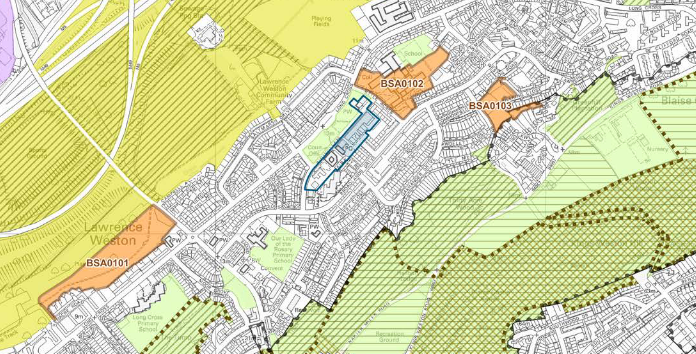Breckland infrastructure study
In 2024, an overhaul of the planning system aimed to get Councils in England to plan to deliver 1.5 million homes by the end of the decade. These homes must be built to new standards – often including electrified heating such as heat pumps.
Our electricity grid is not always ready for the electrical demand from new housing. Upgrading the grid is often a slow and expensive process. So it is essential to check how we can build new homes with minimal impact on the electricity grid.
Breckland District Council (BDC) worked with the Centre for Sustainable Energy (CSE) to determine the impact potential new housing would have on the electricity grid. We were chosen due to our expertise in helping local authorities understand how decarbonisation and future growth will impact the electricity grid in their local area.
Local planning
Councils in Britain must produce a Local Plan every five years, setting out their vision for development and how they’ll meet housing targets. Breckland District Council is reviewing its Local Plan and can set expectations for new developments – influencing how new housing impacts the local area.
Allocating sites for housing
A key part of the Local Plan is allocated sites. These are places where the Council indicates it would welcome new developments including housing.

Normally, enough sites are allocated to exceed housing targets – so that there are options for development. A developer may judge a particular site to not be financially viable to build on – so having more sites than needed is essential.
While preparing the Plan, the Council will normally long-list lots of potential allocated sites. These are then whittled down to a shortlist which forms part of the Plan. Normally sites are removed because evidence suggests the site isn’t very good, local people say the site is unsuitable, or developers say the site isn’t viable.
Assessing grid capacity
For BDC, CSE looked at the first of these points. We modelled the electricity requirements of different housing types (such as three-bed detached houses and one-bed flats) built to different standards. We then mapped these to substation distribution areas to understand how those substations would be impacted by the proposed developments.
We looked at 85 proposed sites, totalling around 10,000 potential homes. If all of these were developed, this would add around 35 MW of electricity demand.
We found that while Breckland currently has good grid capacity for future housing, the scale of housing would mean eventually grid upgrades were needed across almost the entire district. However, many proposed sites exist for each substation. This means that housing could be staggered to give time for the grid to catch up, while allowing a rapid rate of housebuilding.
We also looked at alternatives that might decrease the impact on the grid – such as establishing heat networks or increasing demand flexibility. These generally showed that these alternatives could reduce the impact on the grid – though it’s acknowledged the Council has limited control over these options.
Our recommendations
CSE recommended which proposed sites had the least impact on the electricity grid. This was dependent on the number of homes in an allocation, as well as their size and type. The Council can use this in their consideration of sites.
We also recommended which set of policies minimised the impact on the electricity grid. For example, the Council may issue guidance stating they will look more favourably on heat networks in future planning applications
What’s next for BDC?
Our work is helping BDC to shape their Local Plan. It means that BDC can have confidence that they can meet their housing targets faster than if they needed to wait for grid upgrades. This is essential to keep pace with the ambitious targets set for Councils. BDC will use our work to shape the allocations in their plan.
Find out how we could support your Council with your Local Plan. Email martin.holly@cse.org.uk, head of technical consultancy.




